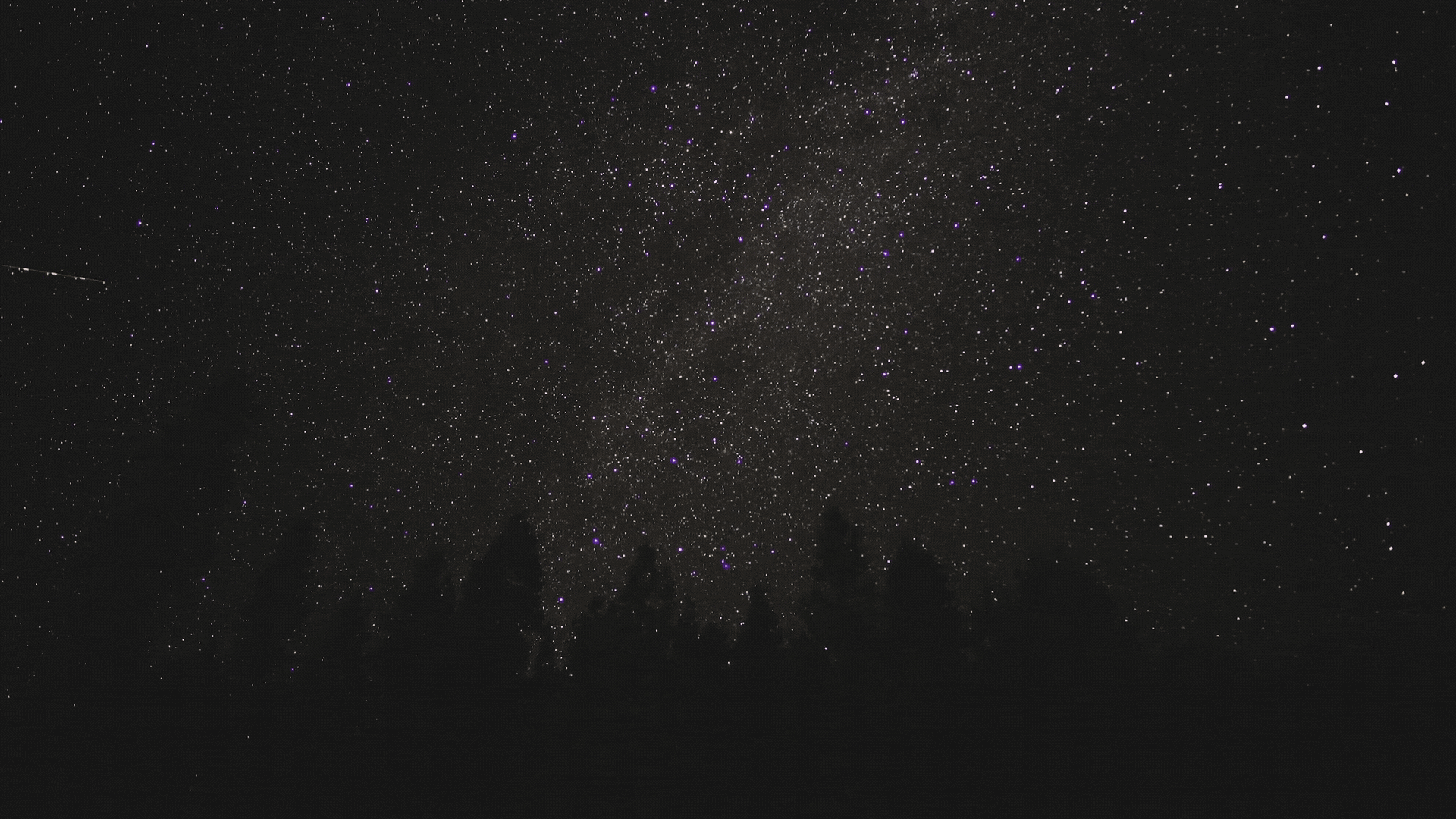Comet, Asteroid, Meteor, or Meteorite?
What's the Difference?
Ever looked up at the night sky and wondered about those space rocks zooming through the cosmos? You’ve probably heard terms like comet, asteroid, meteor, and meteorite, but what do they actually mean? Let’s break it down!
Asteroids: The Space Rocks
Asteroids are rocky leftovers from the early solar system, mostly found in the asteroid belt between Mars and Jupiter. They vary in size, from tiny pebbles to massive bodies hundreds of miles wide. Unlike comets, asteroids are mostly made of rock and metal, meaning they don’t have those iconic glowing tails. Think of them as the construction debris of our solar system, leftover building materials that never formed into planets.
Comets: The Cosmic Snowballs
Comets are icy bodies that originate from the outer reaches of the solar system, such as the Kuiper Belt or Oort Cloud. When they get close to the Sun, their icy surfaces vaporize, creating a glowing coma (a cloud of gas and dust) and a long, bright tail that points away from the Sun. Think of them as frozen time capsules from the early solar system, carrying secrets from billions of years ago!
Meteors vs. Meteorites: What’s the Difference?
A meteor is what you see streaking across the sky, often called a “shooting star.” It’s actually a small space rock (or meteoroid) burning up in Earth’s atmosphere due to friction. If part of that rock survives the fiery descent and lands on Earth, it’s called a meteorite. So, meteors are the flashy light show, and meteorites are the actual space rocks you can pick up! Did you know that some meteorites contain tiny grains that are older than the Sun itself? Pretty mind-blowing!
Quick Recap:
Asteroid = A space rock orbiting the Sun, mostly in the asteroid belt.
Comet = An icy body that develops a glowing tail when near the Sun.
Meteor = A streak of light caused by a meteoroid burning up in Earth’s atmosphere.
Meteorite = A meteoroid that survives the atmosphere and lands on Earth.
Next time you spot a shooting star, you’ll know exactly what’s happening up there! 🌠





